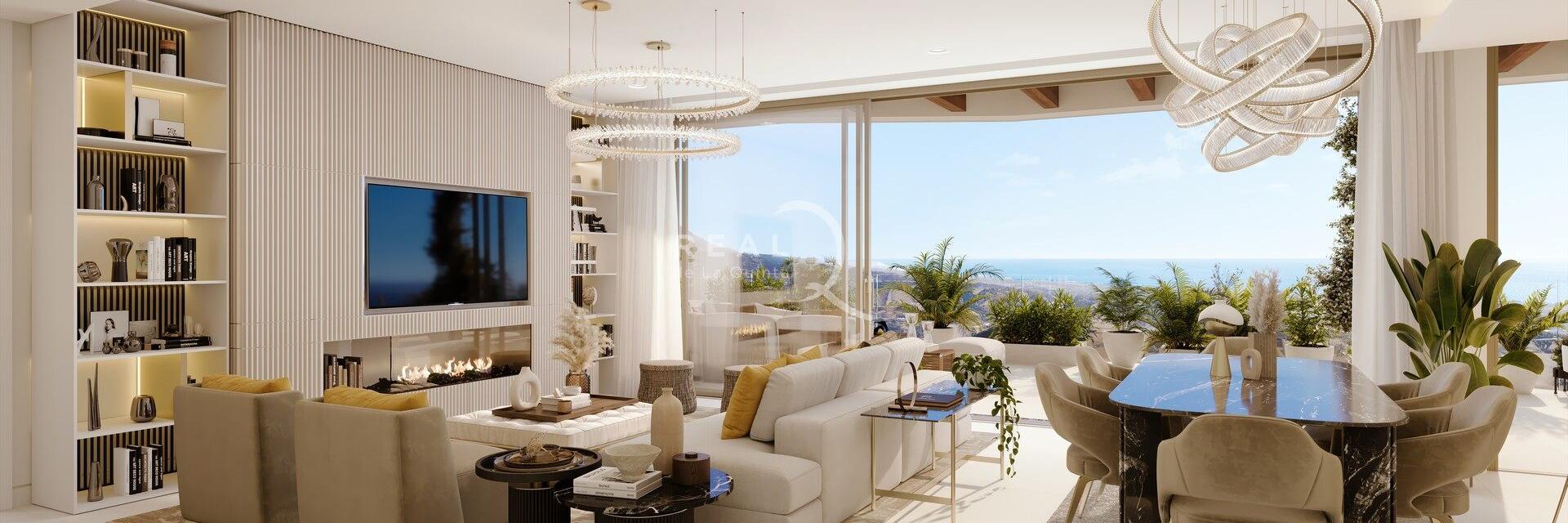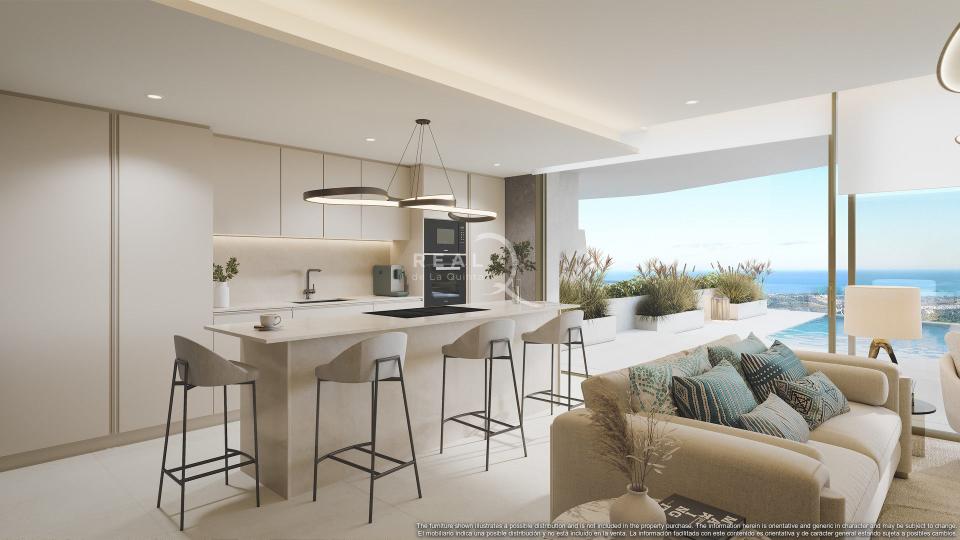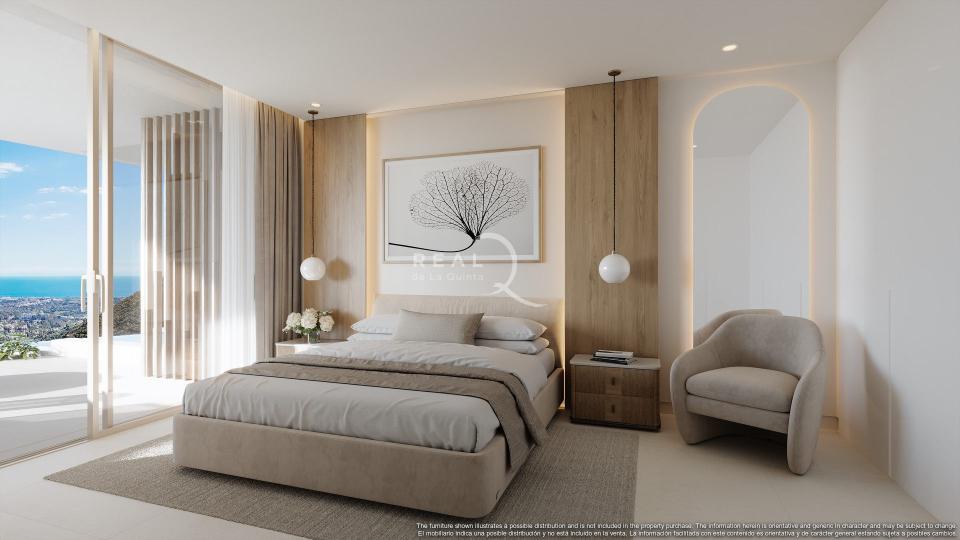
What is Montessori decoration?
The environment in which children play or study has a significant influence on their personal development. Montessori décor allows you to create spaces that are tailored to their learning needs, so that the process flows much more naturally.
Tips for decorating a Montessori room
Montessori decoration is an extension of the educational system invented by the pedagogue Maria Montessori at the beginning of the 20th century. It is a method based on promoting children's autonomy during their learning process, encouraging the development of all their abilities.
These guidelines applied to the Montessori decoration method are governed by four key aspects:
- Order: each item must occupy its own specific space.
- Aesthetics: it is necessary to seek harmony in the whole, adapting the environment to the needs of children.
- Simplicity: spaces must be as functional as possible.
- Realism: it is essential to use images and learning objects that represent reality (e.g., photographs of animals or miniature gardening tools).
Basic guidelines for Montessori decoration
To ensure children's autonomy and freedom during their learning process (two of the fundamental pillars of the Montessori method), it is necessary to create the right environment. These are the most important guidelines for decorating a Montessori room:
- Furniture: Furniture should be adapted to children's height so that they can handle it without difficulty and have everything within reach.
- Walls: textures, colours and wall elements can also be used to stimulate creativity and learning. Mirrors, plants, textured wallpaper, images evoking the real world and other objects that encourage development can be placed on neutral-coloured walls.
- Floor: much of the learning and play will take place on the floor, so it is important that surfaces are comfortable, warm and easy to clean. The best option to meet these three requirements is to use short-pile carpets.
- Bed: a bed without legs encourages autonomy and promotes independence, as no adult help will be needed to get in or out of it.
- Division of space: to maintain order in a Montessori-decorated room, it is advisable to visually divide the spaces, differentiating the play area from the work area or sensory spaces intended for discovery.




